The current federal law that governs conservation on private lands won’t expire for another year and a half, so why are we talking about rewriting the farm bill now?
Much of what we work on here at TRCP is based on the idea that there are shared spaces that all of us, as Americans and as sportsmen and women, have a right to enjoy.
But around 70 percent of the lower 48 states isn’t our land—it’s yours, or hers, or that other guy’s—as any hunter or angler east of the Mississippi can easily tell you. Even though you might not be able to hunt them, what happens on private lands has profound implications for the habitat and critters that make access to public lands worthwhile. Fish, wildlife, and clean water don’t know, or care, where private property ends and public lands begin.
All Americans can benefit if even a single landowner or agricultural producer maintains wildlife habitat or ensures that the water running off his or her land is as clean as possible. And farmers, ranchers, and foresters want to do the right thing—they are some of our nation’s most avid sportsmen, after all—but conservation can be prohibitively expensive.
This is where the farm bill comes in.
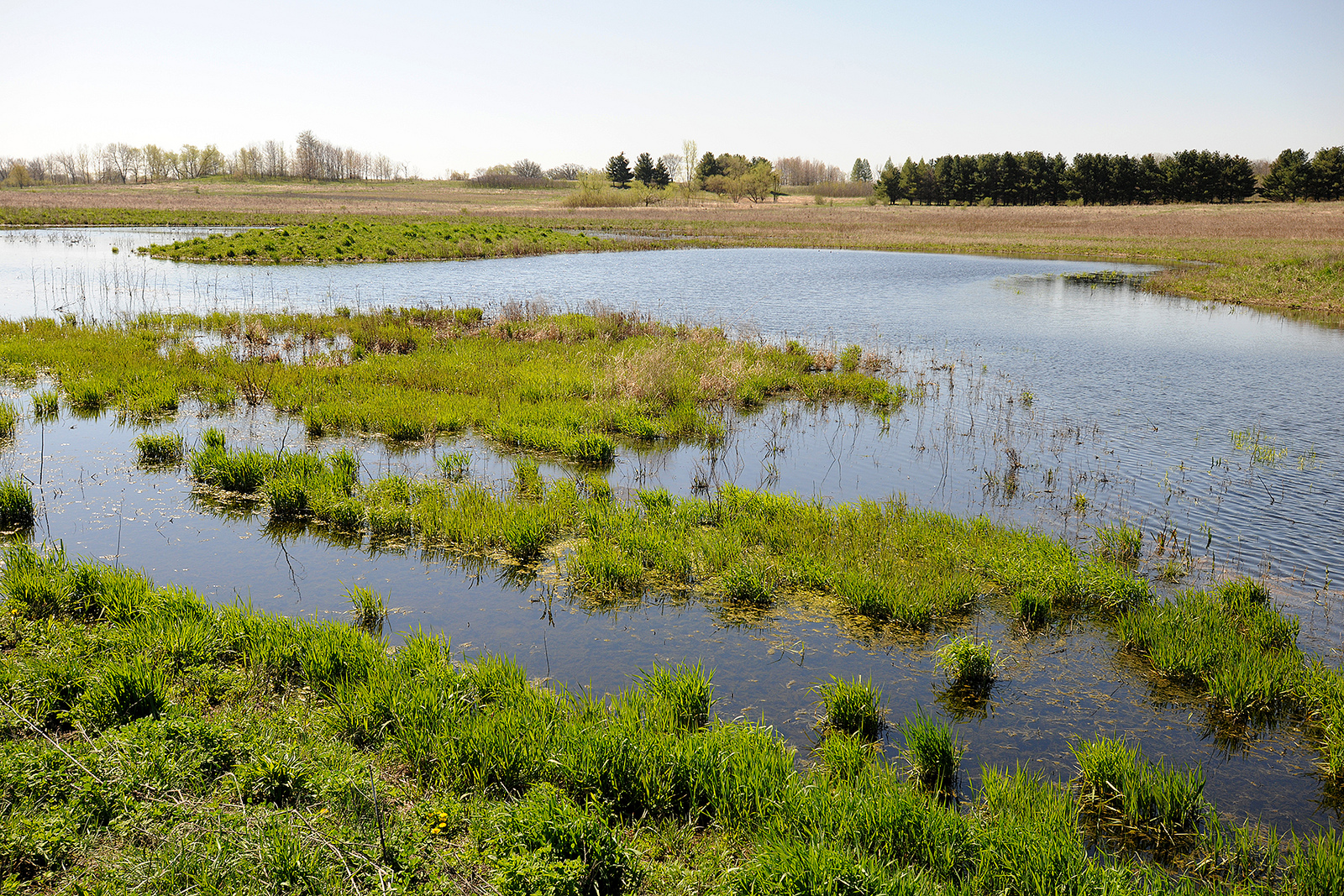
Farm Bill 101
Roughly every five years, Congress is responsible for rewriting the massive legislative package known as the farm bill. The current farm bill, the Agricultural Act of 2014, was signed into law by President Obama on February 7, 2014, and will expire on September 30, 2018. It covers what you’d expect for on-farm impacts, like conservation and crop insurance, but it also deals with rural economic growth, nutrition programs (formerly known as “food stamps”), international trade, and more.
It’s a huge undertaking that requires legislators from all corners of the country to negotiate and compromise, and they have a powerful incentive to work together: If the farm bill expires, our country would revert to a permanent version of the law passed back in 1949, when, suffice it to say, U.S. economics and demographics looked very different. Not all farm bill programs would be impacted, but we don’t really want to find out what would happen to the programs that would.
Getting the Pieces in Place
Many sectors of the farm economy are struggling right now, and there’s an appetite in Congress to show that lawmakers are doing something to fix what’s ailing rural America. A farm bill could help, but legislators already have plenty to work on, including health care, tax reform, infrastructure spending, and confirming at least 549 political nominees for agency positions. We don’t have a crystal ball, but Congress will likely turn its full attention to the farm bill early next spring.
That doesn’t mean senators and representatives aren’t thinking now about what the farm bill will look like. In the early stages, they do this in the form of “marker bills.” Members of Congress introduce these, not to pass into law any time soon, but to potentially incorporate into the full farm bill when the time comes. For instance, just this week, Senator Thune (R-SD) introduced legislation to raise the acreage cap for the Conservation Reserve Program.
These marker bills will be based on thousands of conversations that will take place among and between lawmakers and stakeholders (including TRCP and our partners), in order to ensure that Congress passes a farm bill on time, and that the final legislation benefits the most people in the most places.
You can also expect President Trump and his Agriculture Secretary-in-waiting Sonny Perdue to play an outsized role in guiding the discussion. Even though it’s Congress’s job to write each farm bill, rural constituents who overwhelmingly voted for Trump have a lot to gain if the 2018 farm bill is successful, so it will likely be good politics for the Administration to get involved.
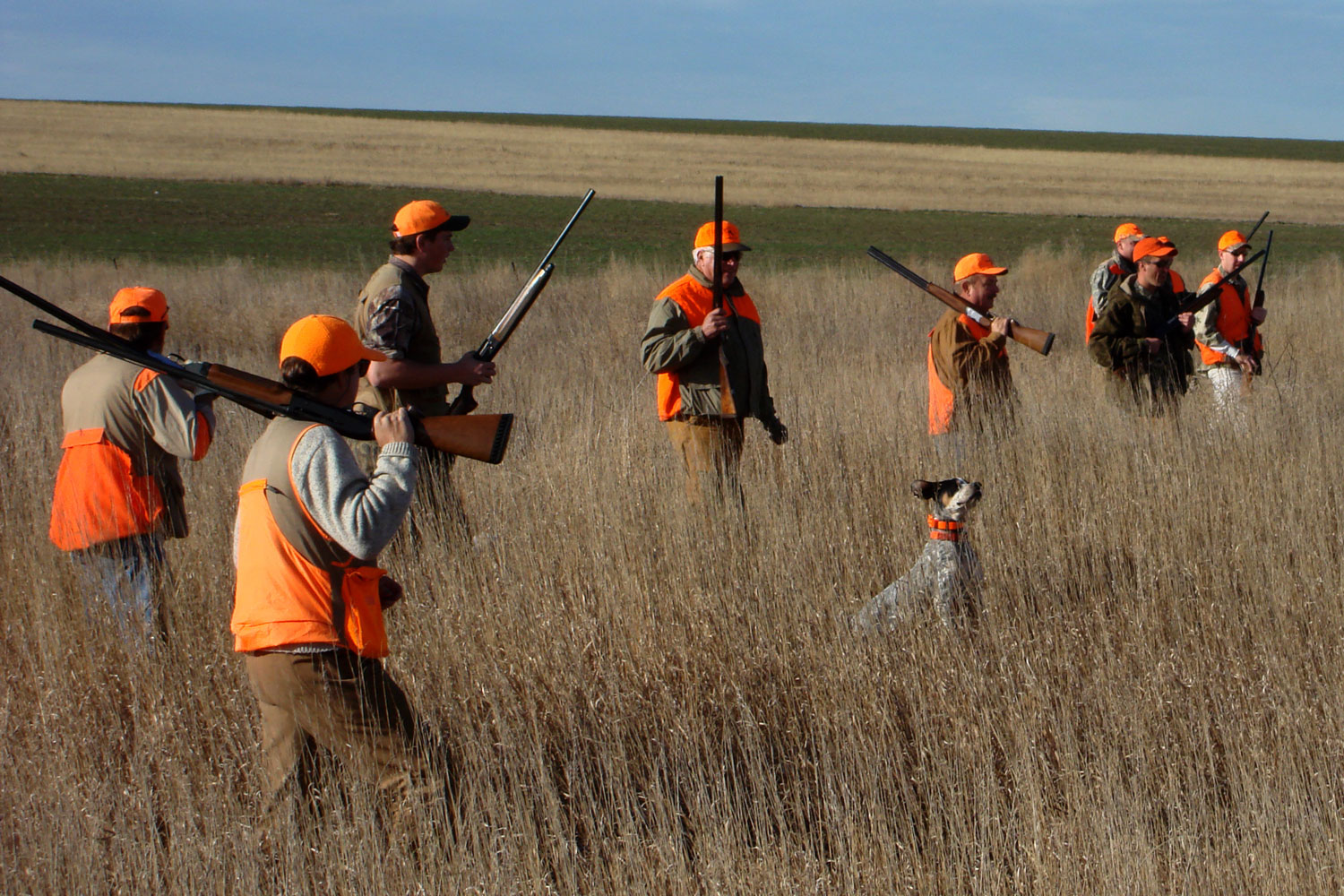
The Cost of Doing Business Late
When it comes to the farm bill, the price of procrastination is steep.
For instance, the Natural Resources Conservation Service, just one agency within the U.S. Department of Agriculture that invests in conservation and clean water, spends somewhere around $4 billion each year in farm bill funds to conserve and restore wetlands, grasslands, and forests on private lands and to make farming friendlier to fish and wildlife. (To put that in perspective, for fiscal year 2017, the U.S. Fish and Wildlife Service requested only $3 billion for its entire budget—which includes things like implementing the Endangered Species Act and managing the National Wildlife Refuge System, the world’s largest network of lands dedicated to wildlife habitat.)
The sheer amount of money authorized by the farm bill, and the 70 percent of America’s acreage that could benefit from those dollars, means that it is among the most important drivers of conservation in this country. It also governs the only federal program that opens up hunting and fishing access on private lands, the Voluntary Public Access program.
By helping to cover conservation costs, the farm bill supports public goods on private lands, like healthy habitat and water. This means better days afield for sportsmen, on private and public lands and waterways, propping up an entire sector of the economy devoted to outdoor recreation. Hunting guides, tackle shops, mom-and-pop diners, and gear manufacturers all benefit when we take care of our private lands.
What Comes Next?
Because of the complexity and costs of getting this legislation done on time, the farm bill process is well underway. That’s why you see TRCP writing and posting about #farmbill all the time. We need to be ready to work with Congress to write a new farm bill, and we need you to be ready to advocate for what sportsmen, farmers, and fish and wildlife need from this critical legislation, too. (Here’s a preview of the things we’d like to see.)
To stay involved, follow us here on the blog and on Twitter, Facebook, and Instagram. We’ll continue to provide updates as the discussion evolves and guide you past the alphabet soup of conservation program acronyms (such as CRP, CSP, RCPP) to the real benefits for habitat and access. We’ll also share ways our partners are leading on the farm bill and help you to take action that is meaningful for conservation.
One small step you can take right now is to sign our petition at CRPworks.org—help us tell Congress that the farm bill’s Conservation Reserve Program, America’s greatest private lands conservation program, works for you. Sportsmen and critters everywhere will thank you for it.

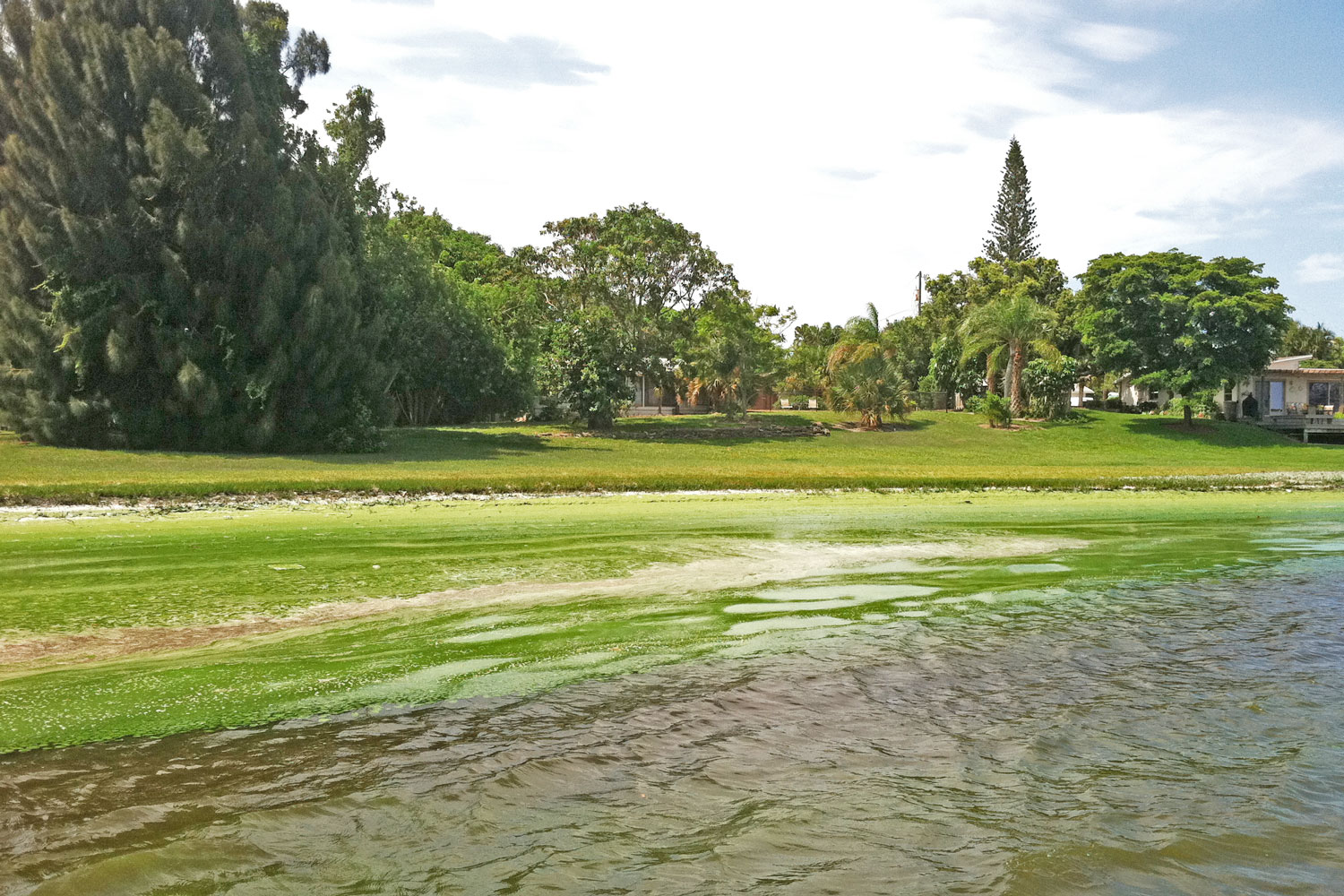
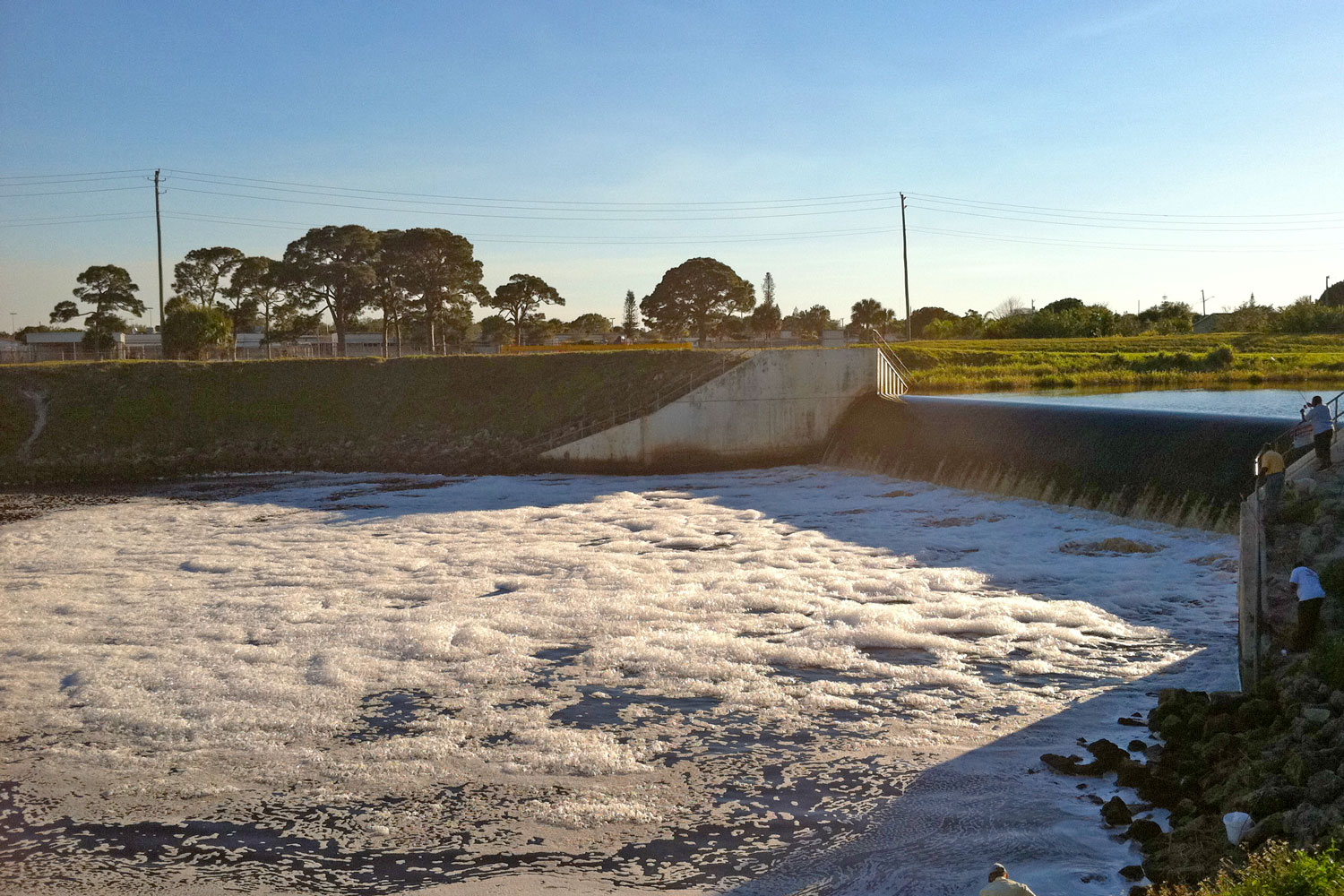
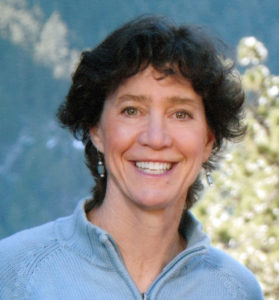 Kassen steps up as interim director of the water center after serving as a consultant to the TRCP. She will work from Boulder, Colorado, also the base of operations for her legal and policy consulting firm Waterjamin, which she founded in 2010. Previously, Kassen directed Trout Unlimited’s Western Water Project, working with landowners, communities, and government agencies to protect and improve stream flows in six Western states. She has also lectured at University of Denver’s College of Law and served as environmental counsel to the House Armed Services Committee. Kassen is an Ohio native, a graduate of Dartmouth College and Stanford Law School, and an avid outdoorswoman.
Kassen steps up as interim director of the water center after serving as a consultant to the TRCP. She will work from Boulder, Colorado, also the base of operations for her legal and policy consulting firm Waterjamin, which she founded in 2010. Previously, Kassen directed Trout Unlimited’s Western Water Project, working with landowners, communities, and government agencies to protect and improve stream flows in six Western states. She has also lectured at University of Denver’s College of Law and served as environmental counsel to the House Armed Services Committee. Kassen is an Ohio native, a graduate of Dartmouth College and Stanford Law School, and an avid outdoorswoman. Jensen will support Kassen in boosting the TRCP’s policy efforts at a critical time for water quality and fish habitat. Previously, she worked in the Secretary of the Interior’s office, where she contributed to outreach strategy about department and policy announcements. She coordinated with many stakeholders, including the White House, Governors’ offices, local and county elected officials, key staff across federal environmental agencies, and many of the
Jensen will support Kassen in boosting the TRCP’s policy efforts at a critical time for water quality and fish habitat. Previously, she worked in the Secretary of the Interior’s office, where she contributed to outreach strategy about department and policy announcements. She coordinated with many stakeholders, including the White House, Governors’ offices, local and county elected officials, key staff across federal environmental agencies, and many of the 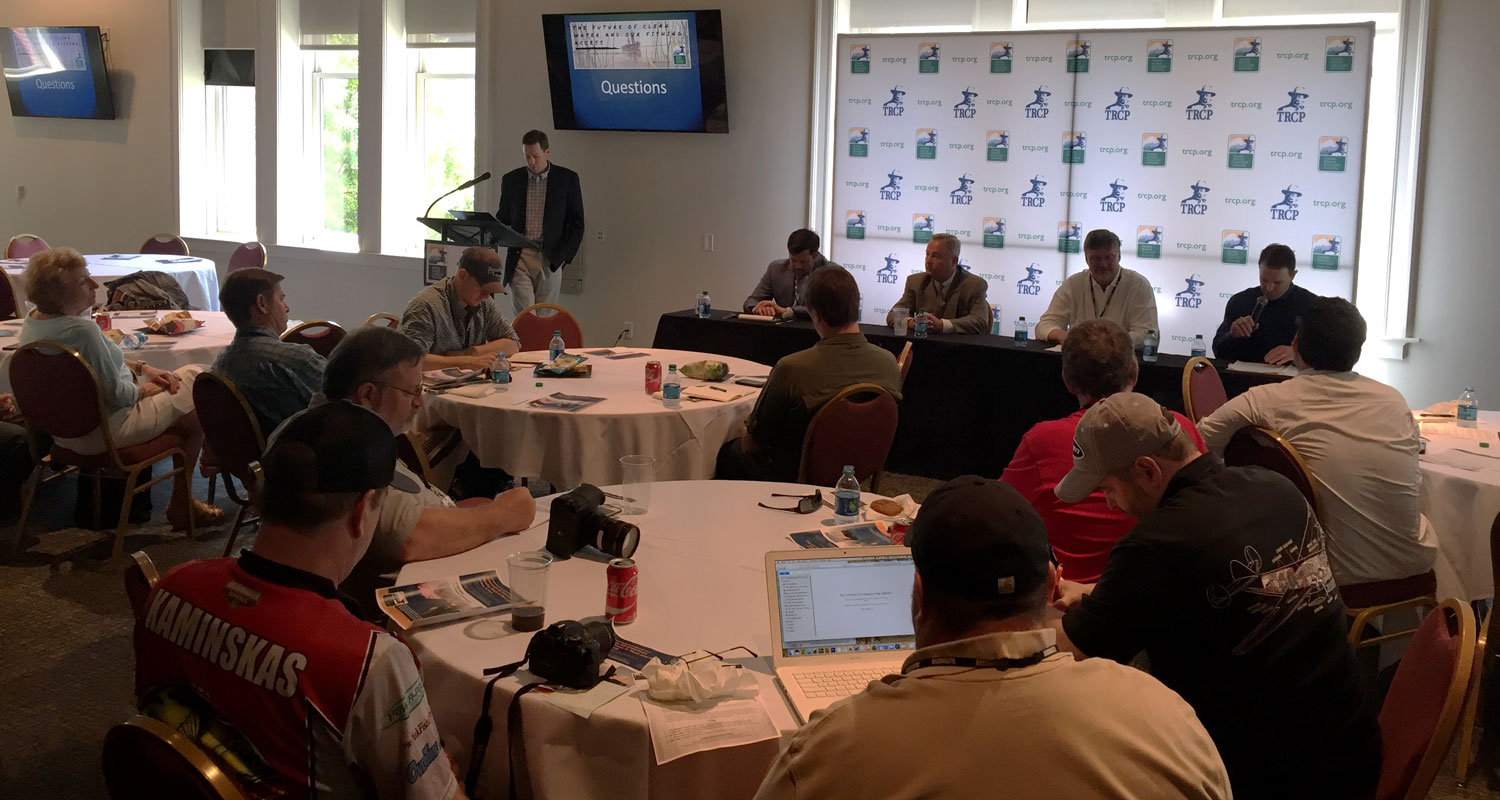
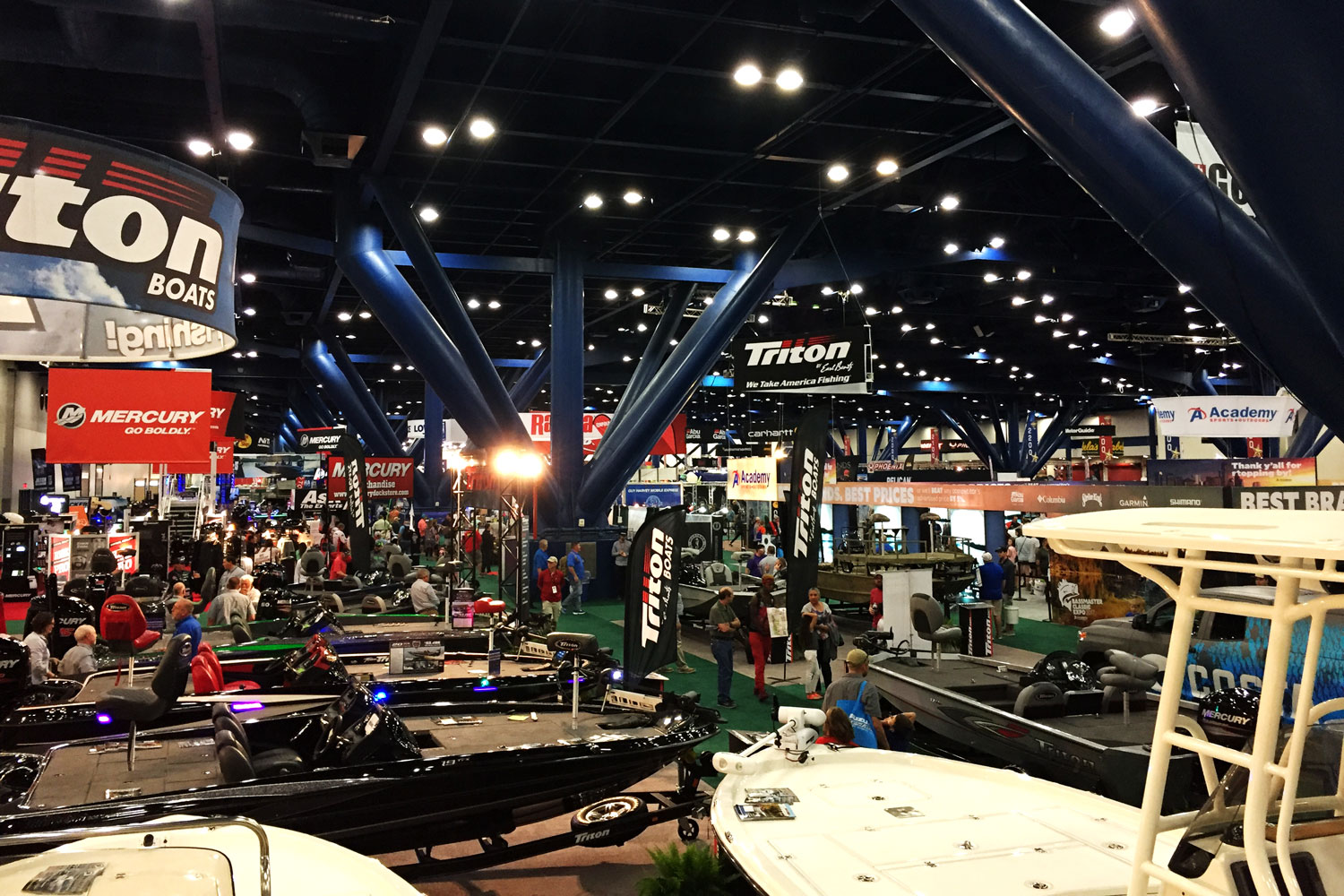




This IS the most important program there is for a large variety of wildlife.
The CRP is critical to public hunting across the Midwest. Without CRP, I will have no place to hunt upland game with my family.
Pass the farm bill